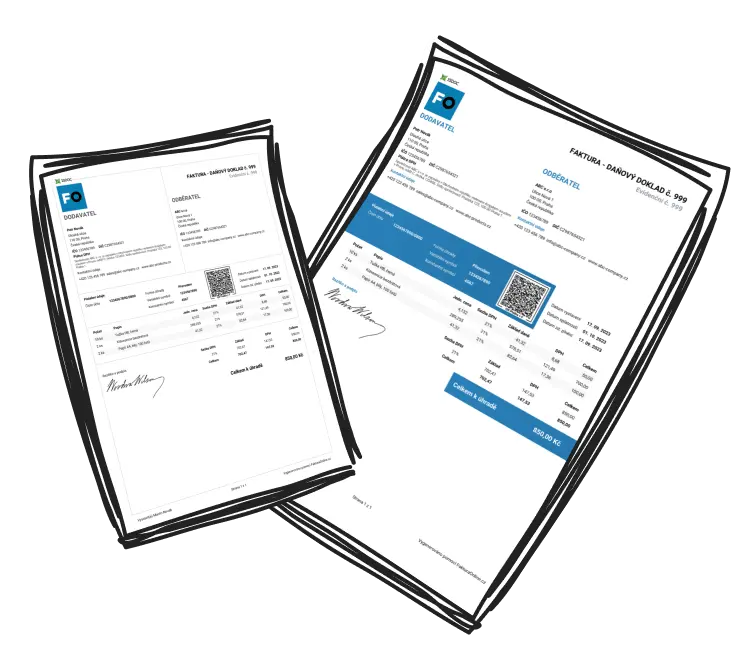A business proposal is an essential document that showcases how your services or products can address a client’s needs. Crafting a compelling proposal helps establish a solid professional rapport and can often be the deciding factor in securing a contract.
Definition: A business proposal is a strategy document that highlights solutions to a client’s issues, building trust and facilitating collaboration.

Crafting a Business Proposal: An Easy Guide
While writing a business proposal might seem daunting, breaking it into manageable stages can simplify the task significantly.
-
Gain insights into the client.
Research extensively about your prospective client’s company, industry, and challenges. This will help you address their specific needs in your proposal.

Examine their website and any case studies to show awareness of their issues.
-
Establish a coherent structure.
Design your proposal with sections such as an introduction, problem identification, proposed solution, pricing, and subsequent steps. Clarity enhances your professional image.

Utilise headings and bullet points to guide the reader effectively.
-
Create a persuasive executive summary.
Start with a concise and engaging summary to capture the client's attention, showcasing the benefits you offer.

Highlight outcomes crucial to your client's success.
-
Define the problem and solution clearly.
Specify the client’s issues and detail how your service or product offers a solution with precise tactics or strategies.

Include data or examples to underpin your solution.
-
Detail deliverables and pricing.
Be open about costs and what you will deliver, offering alternatives to appeal more broadly to the client.

Charts and visual aids make pricing simpler to grasp.
-
Include testimonials or case studies.
Strengthen your proposal by adding client testimonials or results from similar projects to enhance credibility.

Choose examples that align with the client’s goals or industry.
-
Conclude with a potent call-to-action.
Encourage prompt action by defining follow-up steps, such as arranging a meeting or completing an electronic signature.

Maintain a tone that is both confident and accessible.
Strategies for a Winning Business Proposal
Employ a professional tone. Strike a balance between demonstrating expertise and being approachable to best reflect your brand.
Personalise each proposal. Demonstrate understanding by focusing on each client’s unique challenges and objectives.
Ensure visual appeal. Utilize professional layouts, clear fonts, and relevant visuals to hold interest.
Emphasise client benefits. Highlight the gains for the client, whether it’s cutting costs, increasing efficiency, or boosting revenues.
Be clear and concise. Avoid jargon to keep your proposal accessible and easy to understand.
Meticulous proofreading. Spelling or formatting errors can harm your credibility.
Provide a straightforward follow-up process. Outline the next steps, such as timelines or a point of contact for inquiries.
Save Time with Business Proposal Templates
Using templates can streamline the proposal process while maintaining consistency and professionalism. Tools like Microsoft Word, Canva, or specialised software such as PandaDoc or Proposify offer templates with structured sections to guide you readily.

Example Template Structure
- Cover page: Your logo, the proposal title, and client information.
- Executive summary: Brief on the client’s problem and the solution you provide.
- Proposed solution: Comprehensive methodology and deliverables.
- Pricing: Transparent cost breakdown.
- About us: Company information and credibility proof such as testimonials.
- Call-to-action: Clear instructions on next steps.
Templates are a time-saving and consistent approach for crafting professional proposals, ideal for busy professionals or those just starting.
The Role of a Business Proposal in Closing Deals
A business proposal serves as a bridge from intention to action. By addressing the specific issues faced by the client and proposing actionable solutions, it fosters trust and positions your company as a reliable partner. Highlighting specific services, like increasing customer acquisition through targeted marketing, instils confidence. Supporting your proposal with case studies or testimonials from previous successes enhances your appeal. Clearly laid-out next steps simplify decision-making, creating a compelling case for closing the deal.
Critical Components of a Successful Business Proposal
-
Cover page.
Use your brand’s imagery, company logo, and contact details for a professional introduction.
-
Executive summary.
Synthesise the client’s necessities and your solution, showcasing benefits.
-
Problem statement.
Clearly define the client’s issues, creating urgency.
-
Proposed solution.
Detail your approach, deliverables, and measurable outcomes.
-
Project timelines and deliverables.
Set clear expectations regarding the project’s timeline and scope.
-
Pricing breakdown.
Be transparent with all costs, providing options where possible.
-
Proof of credibility.
Add testimonials or case studies showing your track record and expertise.
-
Call-to-action.
Provide concise steps for clients to follow, whether it’s signing, providing feedback, or scheduling a meeting.
Conclusion: From Proposal to Long-term Partnership
Following these guidelines on creating a business proposal can help in establishing trust, showcasing value, and increasing your chances of striking deals in the UK market. A well-developed proposal doesn't merely win clients; it sets the stage for a prosperous, ongoing business relationship. Start drafting your proposal to ensure success!

